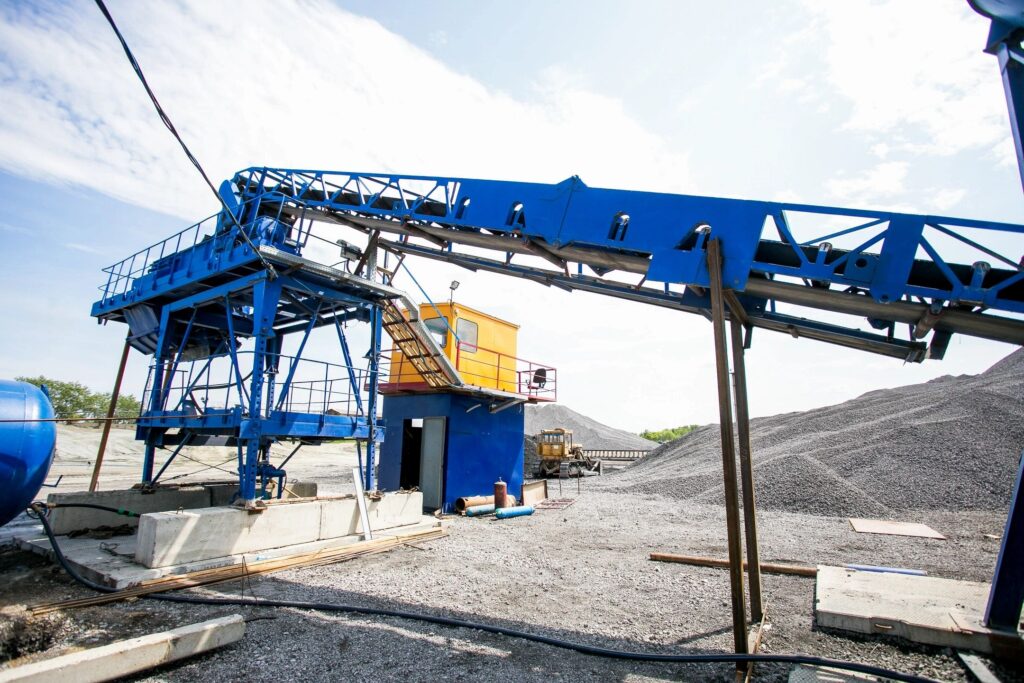What Are Flow Through Shares?
As an investor always exploring new avenues, I’ve encountered a range of financial instruments, each with its own allure and complexities. Among these, flow-through shares, particularly in the realm of junior mining companies listed on the TSX Venture Exchange, have piqued my interest and led me to delve deeper into their intricacies.
In my experience, flow-through shares serve as a distinct investment vehicle predominantly utilized within the resource sector, especially in junior mining companies. These shares offer investors, like myself, a tax advantage, making them an enticing option for those seeking tax incentives while supporting resource exploration and development projects.

Here I will use the TSXV and small mining companies as an example. because that’s probably where you’ve heard about flow though share agreements being offered.
So, what exactly do flow-through shares entail within the context of the TSX Venture Exchange and junior mining companies? Let me elucidate. When a junior mining company listed on the TSX Venture Exchange issues flow-through shares, it effectively transfers certain expenses, typically related to exploration and development activities, to investors like myself. This means that the company can “flow through” tax deductions associated with these expenses to shareholders, allowing them to claim these deductions on their tax returns.
In my opinion, this tax benefit is the primary allure of flow-through shares, especially for investors interested in the junior mining sector. By participating in such investments, investors like myself can potentially reduce their taxable income, thus lowering our overall tax liabilities. This tax advantage serves as a significant incentive, particularly within the dynamic and high-risk environment of junior mining investments.
However, it’s essential to recognize that flow-through shares within the realm of junior mining companies listed on the TSX Venture Exchange come with their own set of considerations and risks. While the tax benefits are attractive, investors must conduct thorough due diligence on the underlying resource projects. Investing in junior mining ventures inherently carries risks, including geological uncertainties, regulatory challenges, and market volatility.
In my opinion, comprehensive research and analysis are imperative before delving into flow-through share investments in junior mining companies. This entails evaluating the resource company’s prospects, assessing the quality of its projects, and understanding the dynamics of the mining and resource sector on the TSX Venture Exchange.
Furthermore, investors should be aware that flow-through shares typically entail a holding period during which they must retain their shares to fully realize the tax benefits. This aspect adds complexity to these investments and necessitates careful planning, particularly for those with short-term investment horizons.
In my experience, seeking guidance from financial advisors or tax professionals specializing in junior mining investments can provide invaluable insights. These experts can offer personalized advice tailored to individual investment objectives and risk tolerances, facilitating informed decision-making in navigating the intricacies of flow-through share investments within the junior mining sector on the TSX Venture Exchange.
For Canadian investors, flow-through shares present a compelling opportunity for investors interested in supporting junior mining companies while enjoying tax advantages. However, diligent research and careful consideration of risks are essential. In my opinion, with proper due diligence and guidance, flow-through shares can be a valuable component of a diversified investment portfolio, particularly within the dynamic landscape of the TSX Venture Exchange and junior mining sector.



